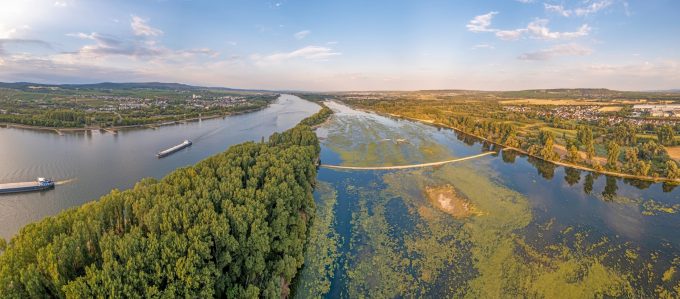Peregrine Storrs-Fox moves to consultancy role after 40 years with TT Club
One of the supply chain industry’s most celebrated advocates of safety issues, the TT Club’s ...

Worsening weather can wreak havoc on inland container networks across northern Europe, leading to surcharges, insurance headaches, and delays.
Torrential rain last summer saw significant flooding along the Rhine sending water above the 8.25m mark, which led to stoppages and forced blockages up and down the river; two months on, severe drought all but halted activity, resulting in substantial surcharges for those that did get boxes on the water.
Issues surrounding weather, however, have only compounded ...
Freightmate 'a product of theft, not ingenuity' says Flexport
Ceva Logistics UK named and shamed as a 'serial late-payer'
China hits out at Hutchison plan to sell Panama port holdings to MSC
Box ship in collision with tanker off UK coast
Mercedes-Benz places record order for SAF with DB Schenker
Liners plan more rate hikes to halt renewed container spot rates decline
M&A speculation swirls as EV Cargo unveils 'robust financial position'

Comment on this article